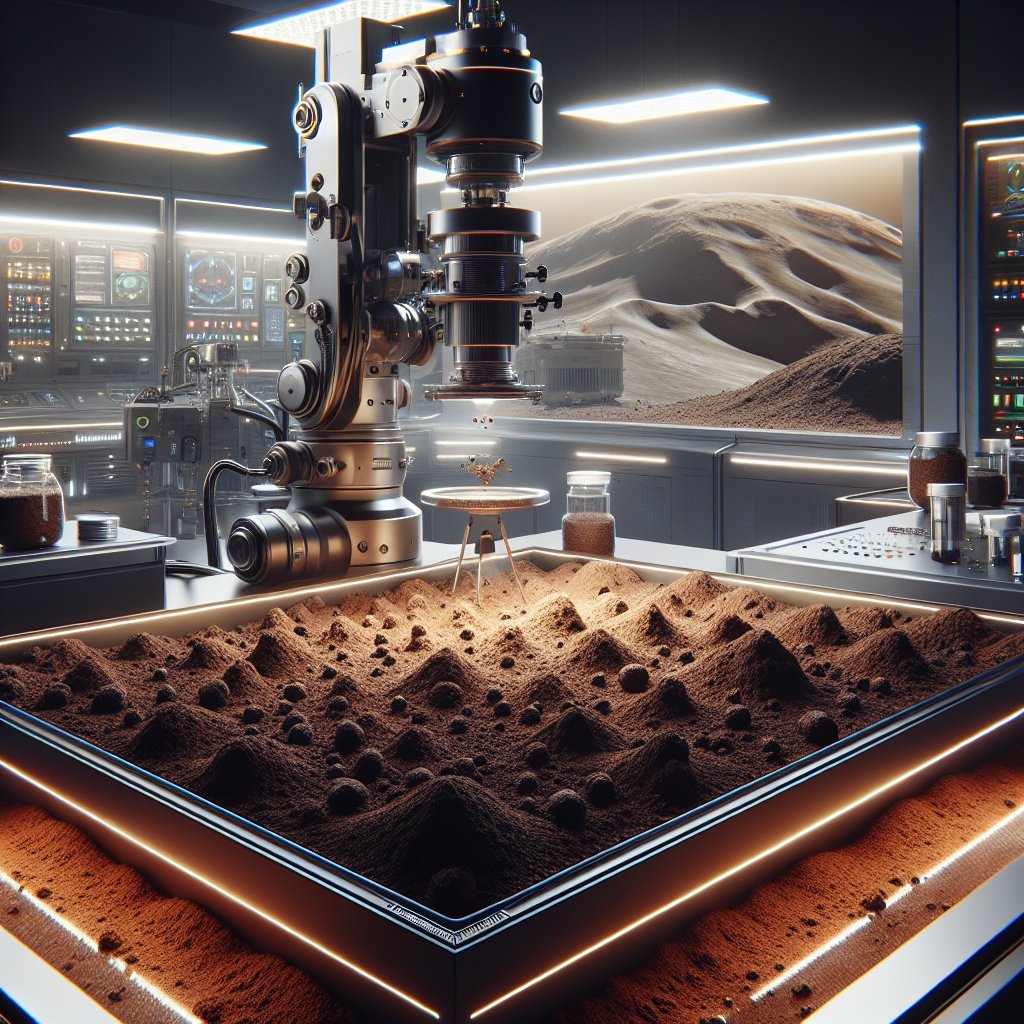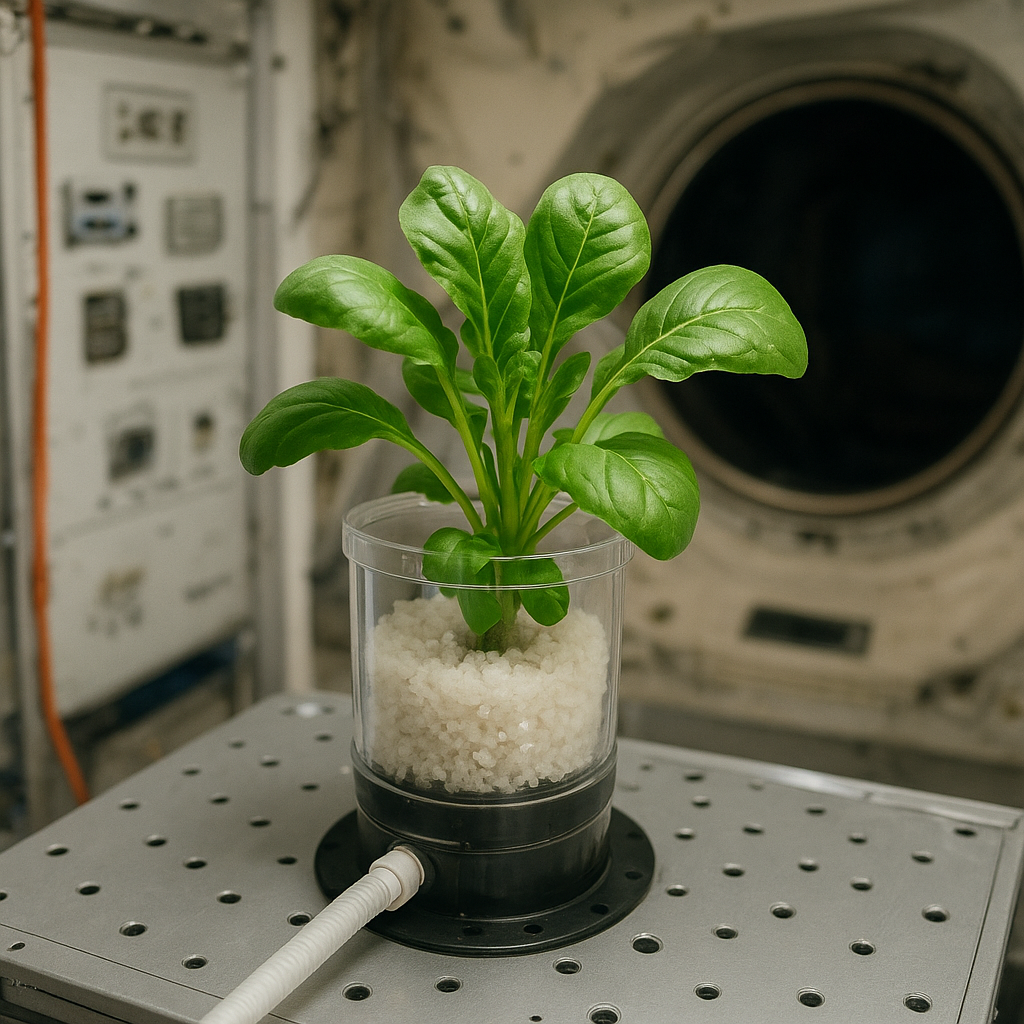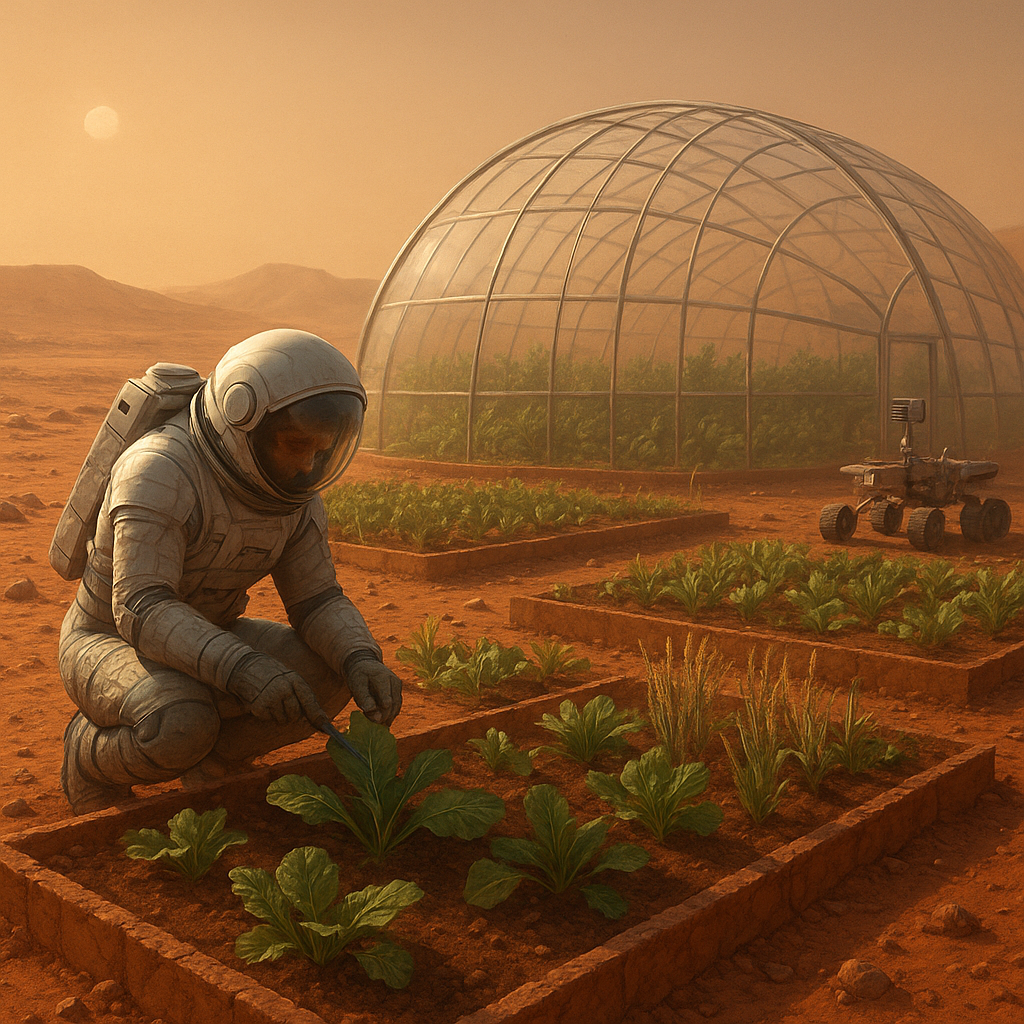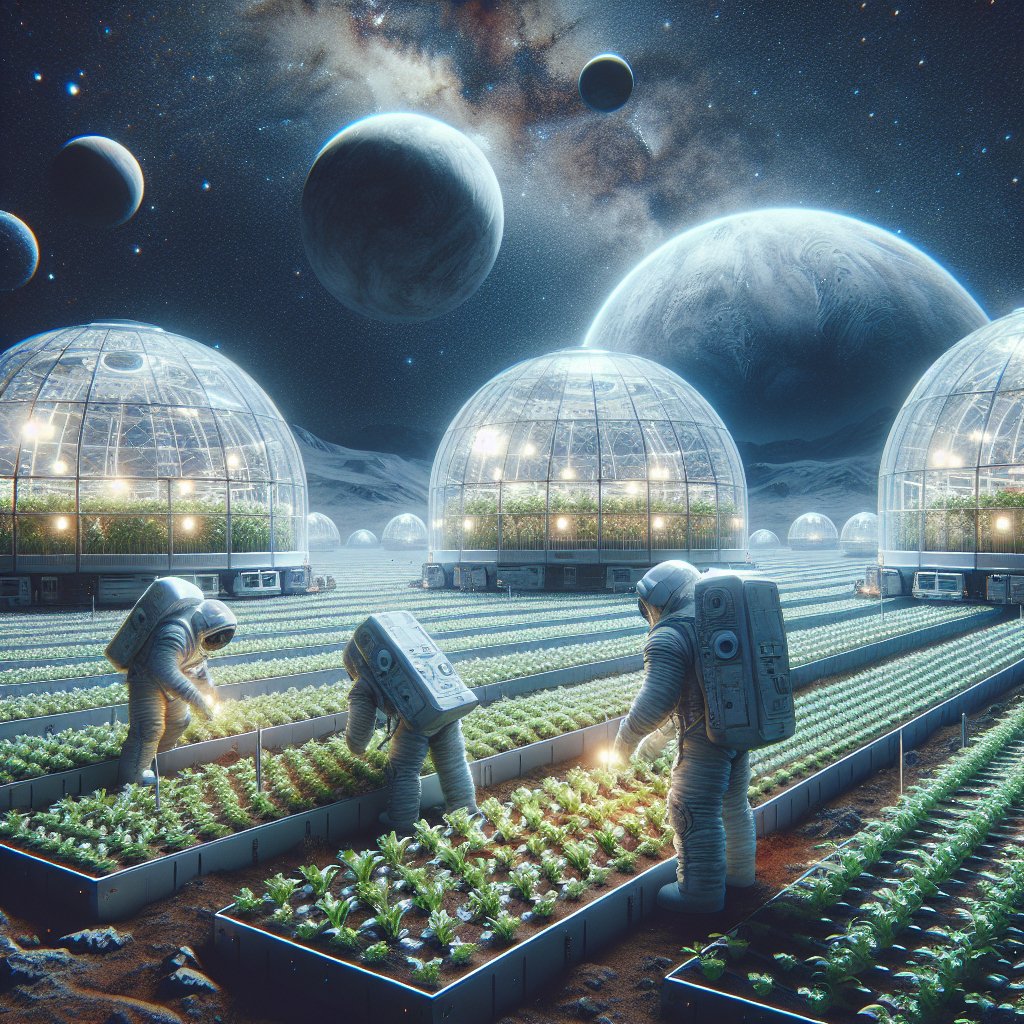The science of creating synthetic soil for Martian farming is a groundbreaking endeavor that merges agricultural innovation with space exploration. As humanity sets its sights on colonizing Mars, the need for sustainable food production systems becomes increasingly critical. This article delves into the complexities of developing synthetic soil that can support plant growth in the harsh Martian environment, exploring the challenges, methodologies, and potential implications for future space missions.
Understanding Martian Soil and Its Limitations
Before embarking on the journey to create synthetic soil for farming on Mars, it is essential to understand the characteristics of Martian soil and the challenges it presents. Martian regolith, the layer of loose, fragmented material covering the planet’s surface, is vastly different from the fertile soil found on Earth. It is composed primarily of fine dust and rocky materials, with a high concentration of iron oxide, which gives Mars its distinctive red color. However, this soil lacks the organic matter, nutrients, and microbial life that are crucial for supporting plant growth.
One of the primary limitations of Martian soil is its poor nutrient content. Essential elements such as nitrogen, phosphorus, and potassium, which are vital for plant health, are either absent or present in insufficient quantities. Additionally, Martian soil is highly alkaline, with a pH level that can be detrimental to many Earth plants. The presence of perchlorates, toxic chemical compounds found in Martian soil, further complicates the potential for agriculture. These factors necessitate the development of synthetic soil that can mimic the properties of Earth soil while addressing the unique challenges posed by the Martian environment.
Components of Synthetic Soil
Creating synthetic soil for Martian farming involves a careful selection of components that can replicate the essential characteristics of Earth soil. The primary goal is to develop a medium that can retain moisture, provide essential nutrients, and support plant growth. Several key components are considered in the formulation of synthetic soil:
- Water Retention Agents: Given the scarcity of liquid water on Mars, synthetic soil must incorporate materials that can retain moisture. Hydrogel polymers, which can absorb and retain large amounts of water, are promising candidates. These materials can help maintain adequate moisture levels for plant roots, even in the arid Martian climate.
- Nutrient Sources: To address the nutrient deficiencies of Martian soil, synthetic soil must include a balanced mix of fertilizers and organic matter. Controlled-release fertilizers can provide essential nutrients over time, while organic matter, such as compost or biochar, can enhance soil structure and microbial activity.
- pH Adjusters: To counteract the high alkalinity of Martian soil, pH adjusters such as sulfur or organic acids can be incorporated into the synthetic soil mix. This adjustment is crucial for creating a suitable environment for plant growth.
- Microbial Inoculants: Introducing beneficial microorganisms into synthetic soil can enhance nutrient availability and promote plant health. These microbes can help break down organic matter, fix nitrogen, and improve soil structure, creating a more hospitable environment for crops.
Methods of Creating Synthetic Soil
The process of creating synthetic soil for Martian farming involves several methodologies, each with its own advantages and challenges. Researchers are exploring various approaches to develop a viable soil substitute that can support plant growth in the Martian environment.
1. Laboratory Simulations
One of the primary methods for developing synthetic soil is through laboratory simulations. Researchers can create controlled environments that mimic Martian conditions, allowing them to test different soil compositions and plant responses. By adjusting variables such as temperature, humidity, and light, scientists can identify the optimal conditions for plant growth in synthetic soil. This method enables the rapid iteration of soil formulations and the assessment of plant performance under simulated Martian conditions.
2. In-Situ Resource Utilization (ISRU)
In-situ resource utilization (ISRU) is a strategy that focuses on using local Martian materials to create synthetic soil. This approach reduces the need to transport large quantities of soil from Earth, making it a more sustainable option for future Mars missions. Researchers are investigating the feasibility of processing Martian regolith to extract useful components, such as nutrients and minerals, that can be combined with other materials to create a suitable growing medium. This method not only conserves resources but also promotes the idea of self-sufficiency for future Martian colonies.
3. Bioremediation Techniques
Bioremediation techniques involve the use of living organisms to improve soil quality. By introducing specific plant species or microorganisms that can thrive in Martian conditions, researchers can enhance the nutrient content and overall health of synthetic soil. This approach leverages the natural processes of decomposition and nutrient cycling to create a more balanced growing medium. Additionally, bioremediation can help mitigate the effects of toxic compounds, such as perchlorates, by breaking them down into less harmful substances.
Challenges and Considerations
While the development of synthetic soil for Martian farming holds great promise, several challenges must be addressed to ensure its success. These challenges include:
- Transport and Storage: Transporting materials to Mars poses significant logistical challenges. Researchers must consider the weight and volume of synthetic soil components, as well as their stability during storage and transport. Developing lightweight and compact formulations will be crucial for successful missions.
- Plant Selection: Not all Earth plants will thrive in synthetic soil designed for Martian conditions. Identifying and engineering plant species that can adapt to the unique challenges of Mars, such as low gravity and high radiation levels, is essential for successful farming.
- Long-Term Sustainability: Ensuring the long-term sustainability of synthetic soil is critical for establishing a self-sufficient agricultural system on Mars. Researchers must consider how to maintain soil health over time, including nutrient replenishment and microbial diversity.
Future Implications for Space Exploration
The successful development of synthetic soil for Martian farming has far-reaching implications for space exploration and the future of humanity beyond Earth. Establishing sustainable agricultural systems on Mars could pave the way for permanent human settlements, reducing reliance on Earth for food supplies. This self-sufficiency would be crucial for long-duration missions and the eventual colonization of the planet.
Moreover, the technologies and methodologies developed for creating synthetic soil on Mars could have applications on Earth as well. As global populations continue to grow and arable land becomes increasingly scarce, the innovations in soil science and agricultural practices could contribute to more sustainable farming methods on our home planet. Techniques such as ISRU and bioremediation could be adapted to improve soil quality and nutrient management in degraded or contaminated environments on Earth.
Conclusion
The science of creating synthetic soil for Martian farming represents a fascinating intersection of agriculture and space exploration. As researchers continue to explore the complexities of Martian soil and develop innovative solutions, the dream of sustainable farming on another planet becomes increasingly attainable. The challenges are significant, but the potential rewards—both for Mars and for Earth—are immense. By investing in this research, humanity takes a crucial step toward becoming a multi-planetary species, ensuring food security and sustainability for generations to come.




